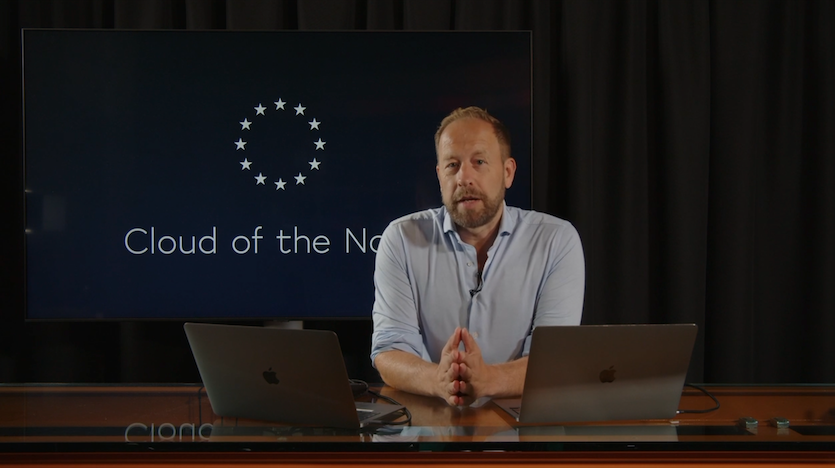How Important Is Streaming Uptime?
Last updated: 27 December 2022

Most video platforms and CDNs guarantee a standard 99.9% service availability. This means that their service can be offline for 9 hours per year. But what if your mission critical live event is in that window? Your event is offline for 100%.
While 99.9% uptime may be acceptable for some businesses and services, it is not good enough for mission critical live streaming and video platform services. These services are relied upon by businesses and organizations to deliver mission critical radio, television, podcast, music or video content to their audience, and any downtime or disruption can have serious consequences.
Lost revenue
One of the main reasons why 99.9% uptime is not good enough for mission critical live streaming and video platform services is the potential for lost revenue. If a live streaming or video platform service experiences downtime, it can prevent users from accessing the content, which can result in lost revenue for the business or organization that is providing the content. This can be particularly damaging for businesses that rely on live streaming or video platform services to generate revenue, such as PVOD (pay-per-view) videos, events or SVOD (subscription-based) services.
Lost customers & reputation damage
Another reason why 99.9% uptime is not good enough for mission critical live streaming and video platform services is the potential for lost customers and reputation damage. If a live streaming or video platform service experiences downtime, it can frustrate and alienate users, who may be unable to access the content that they have paid for or are expecting to see. This can lead to lost customers as users may be less likely to use the service again in the future, and it can also damage the reputation of the business or organization that is providing the content.
Decrease in service efficiency
In addition, 99.9% uptime is not good enough for mission critical live streaming and video platform services because it does not allow for any margin of error. With a 99.9% uptime guarantee, a service can experience nearly nine hours of downtime per year, which is a significant amount of time for a mission critical service. This can make it difficult for businesses and organizations to deliver their content reliably and consistently, which can impact the quality of the user experience and the overall effectiveness of the service.
How does Jet-Stream prevent that?
Jet-Stream strives for 99.999% uptime for media services. In the past 10 years, Jet-Stream has outperformed this level of service 9 out of 10 times, the highest being 100% repeatedly, and the lowest uptime was at 99.92% due to planned service migrations to the new cloud.
To achieve this higher uptime, Jet-Stream does not outsource its SaaS business to third-party clouds, but runs its own private, streaming-optimized cloud stack, with built-in redundancy and auto recovery.
Jet-Stream also uses active load balancing. Each viewer request is analyzed by Jet-Stream’s load balancing algorithm and each viewer is actively redirected to the most optimal node or CDN, to guarantee extreme availability and performance.
Thanks to deep integrations with multiple CDNs, and a global network of probing agents, Jet-Stream Cloud always has a plan A, plan B, C, D, E, F and G to deliver content globally, resulting in extreme uptime.
The entire infrastructure from network, hardware, cloud stack and software is in control by Jet-Stream and is monitored 24*7 automatically. If on rare occasions, automatic recovery services and on top of those the load balancing algorithms fail both, an experienced team of cloud and SaaS stack engineers are 24*7 on duty.
Jet-Stream is continuously investing in engineering to keep improving its already extreme uptime compared to generic video platforms, clouds and CDNs. Have any questions about the streaming uptime? Contact us for a consult!




